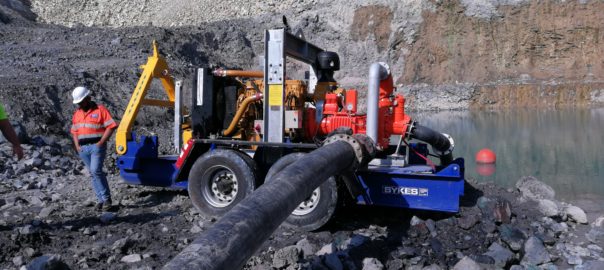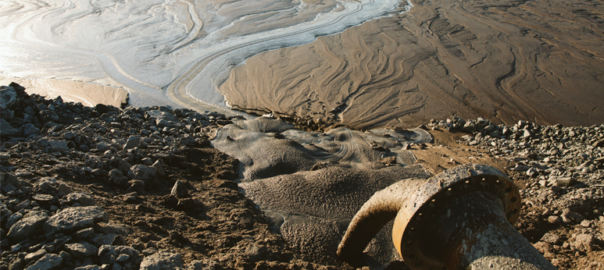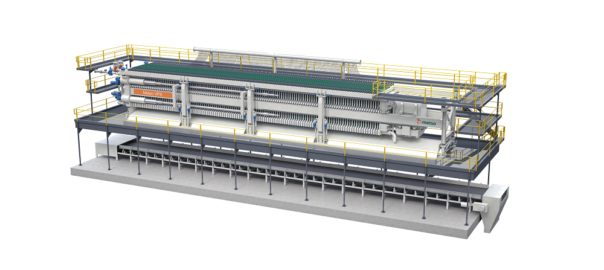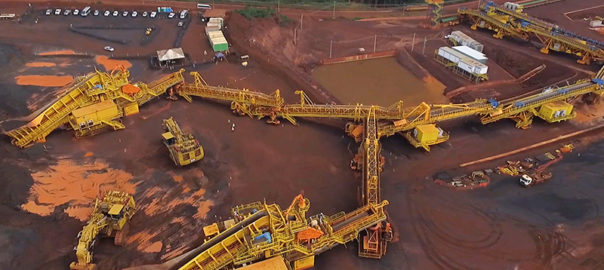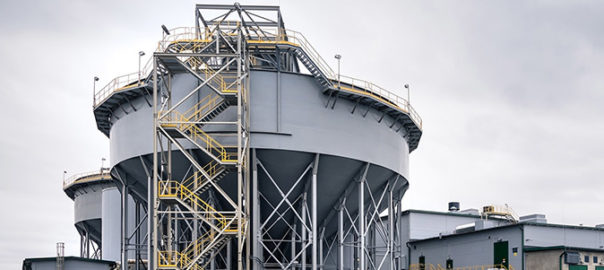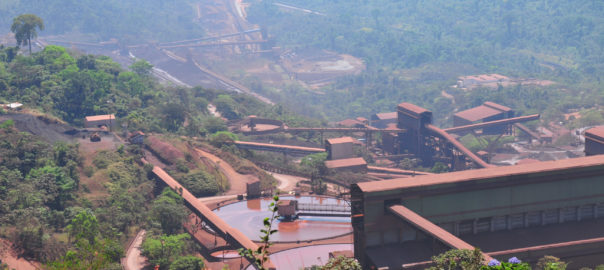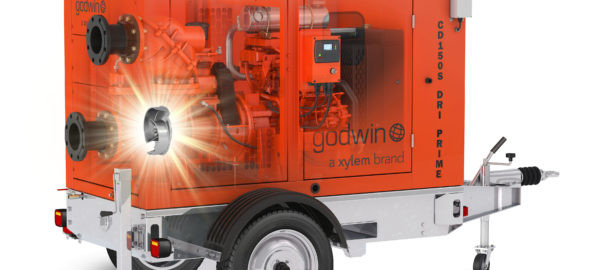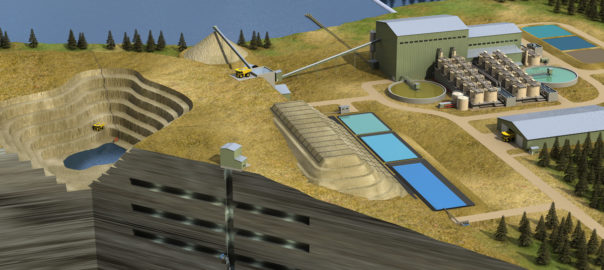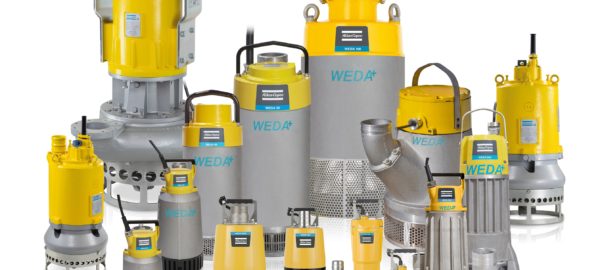Integrated Pump Rental says the quick deployment of its dewatering solution has allowed a Lesotho mine to keep operating as normal.
A constant flow of water into the mine’s pit area demanded water be urgently and reliably pumped out, according to the company. A fuel-efficient Sykes Xtra High Head pump set was chosen for the job, pumping into a 200 mm HDPE line with a head of 127 m to a holding dam.
According to Integrated Pump Rental’s Andre Strydom, timing was of the essence to the customer: “We secured this dewatering contract due to our quick and effective response. The Sykes XH150 unit was on site and commissioned just 24 hours after receiving the call from the customer.”
Strydom highlighted that, as mines and quarries go deeper, conditions require a solution like the Sykes XH150. With its automatic priming and solids handling capacity, it is designed to dewater more efficiently and effectively.
“The unit has one of the best shaft stiffness ratios of any automatic priming pump on the market,” he says. “Sykes engineers have ensured that the enormous pressures and heads associated with such performance do not compromise seal integrity through shaft flexing.”
All models have the ability to operate unattended at high discharge heads, with the pumps able to be primed with long suction hoses and the ability to manage suction lifts of up to 9 m.
“The units can even run dry for extended periods due to the oil bath mechanical seal assembly,” the company said. “Designed for robust and reliable performance with high volumes of water, Sykes pumps have an established reputation for the fast and effective control and removal of sub-surface water.”
The pumps can even operate in “snore” condition, Integrated Pump Rental says, which accommodates fluctuating suction levels. “In these conditions, the pump will snore until the liquid is available for the pump to fully re-prime itself automatically,” the company added.







